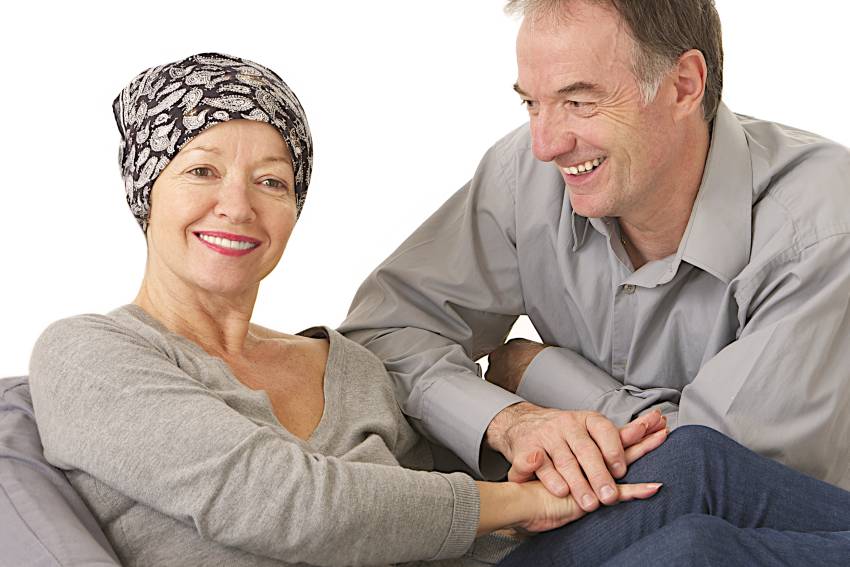Hyperthermia
History of hyperthermia
 The first mention of the healing effect of heat supply was already in the ancient Egyptian civilizations (2400 BC.), But only physicians of ancient Greece applied this therapeutic approach consistently recognized and named: overheating (Greek: Hyperthermia). “Give me the power to create fever and I will cure any disease, “Parmenides, Greek physician, 540-480. BC. Over the centuries there were a wide variety of applications.
The first mention of the healing effect of heat supply was already in the ancient Egyptian civilizations (2400 BC.), But only physicians of ancient Greece applied this therapeutic approach consistently recognized and named: overheating (Greek: Hyperthermia). “Give me the power to create fever and I will cure any disease, “Parmenides, Greek physician, 540-480. BC. Over the centuries there were a wide variety of applications.
Thus, the artificial production of pyrogenic substances as fever with fever therapy was temporarily common in the control of infectious diseases. These interventions in the body and bodily functions can be termed active hyperthermia. The passive hyperthermia, however, refers to the increase in the body temperature by means of inserting devices from the outside. It is now mainly used in the treatment of cancer.
Hyperthermia in Cancer Treatment
In 1910 for the first time the possibility of overheating to increase the radiation effect in malignant tumors was described. In the early 1960s, this already known and used method was rediscovered as a whole body hyperthermia. Since the 1970s, studies are underway to this form of therapy. In Germany, it was mainly the physicist and cancer researcher Manfred von Ardenne, who joined the so-called multi-step oxygen therapy with the use of hyperthermia for cancer multistep therapy. The developed, among others by him, modern equipment technology allowed better control of overheating and thus refined application in medical practice.
Operation
Hyperthermia achieved featured effectiveness in combination with the “classical” forms of treatment such as chemotherapy and radiation therapy. Effectiveness works in a mutually reinforcing way making a cure more likely – the so-called synergistic effect of hyperthermia. It has, for example, been found that cytotoxic drugs (chemotherapy agents) act more aggressively at temperatures above 40 ° C than at normal body temperature.
In addition, the thermally damaged tumor cells are easier to control by radiotherapy because their repair skills are reduced. This makes it possible side effects such as hair loss and nausea that are often a mentally and physically h

eavy burden on the patient are reduced. Even a tumor that was resistant to chemotherapy and radiotherapy can respond to these therapies after a hyperthermia treatment.
- More informations: local-hyperthermia
- More informations: prostate-hyperthermia
Non-Oncological applications of hyperthermia
These mainly use temperatures from the moderate temperature range. The focus of the applications that usually take place are as a whole-body hyperthermia. It is used as a treatment form for chronic diseases. Special importance has, inter alia, also used this form of therapy to treat allergies and rheumatism.
- More informations: Whole-body hyperthermia
For more information about the different diagnostic procedures and
alternative, biological or complementary therapies
contact us – we will gladly advise you!






